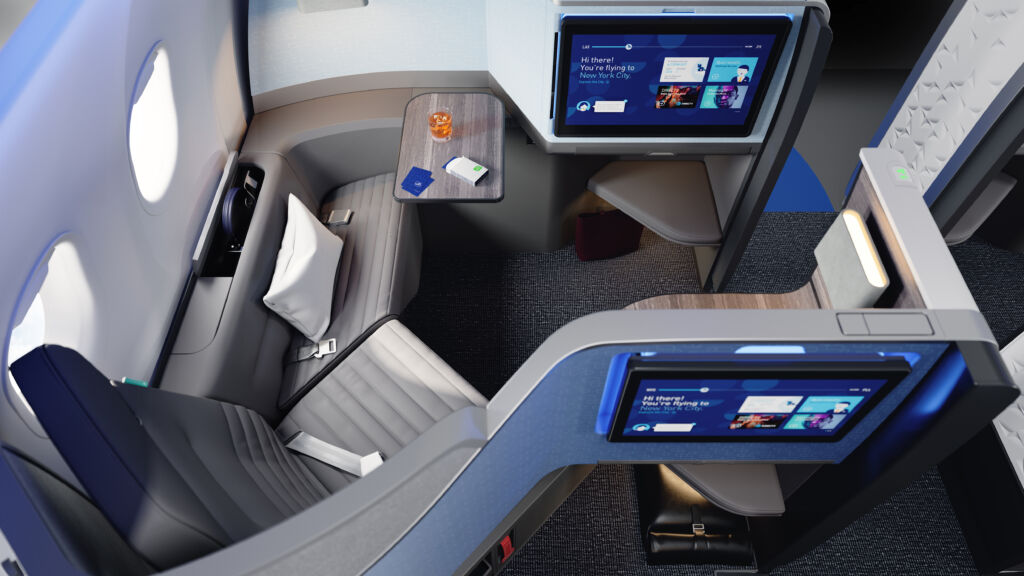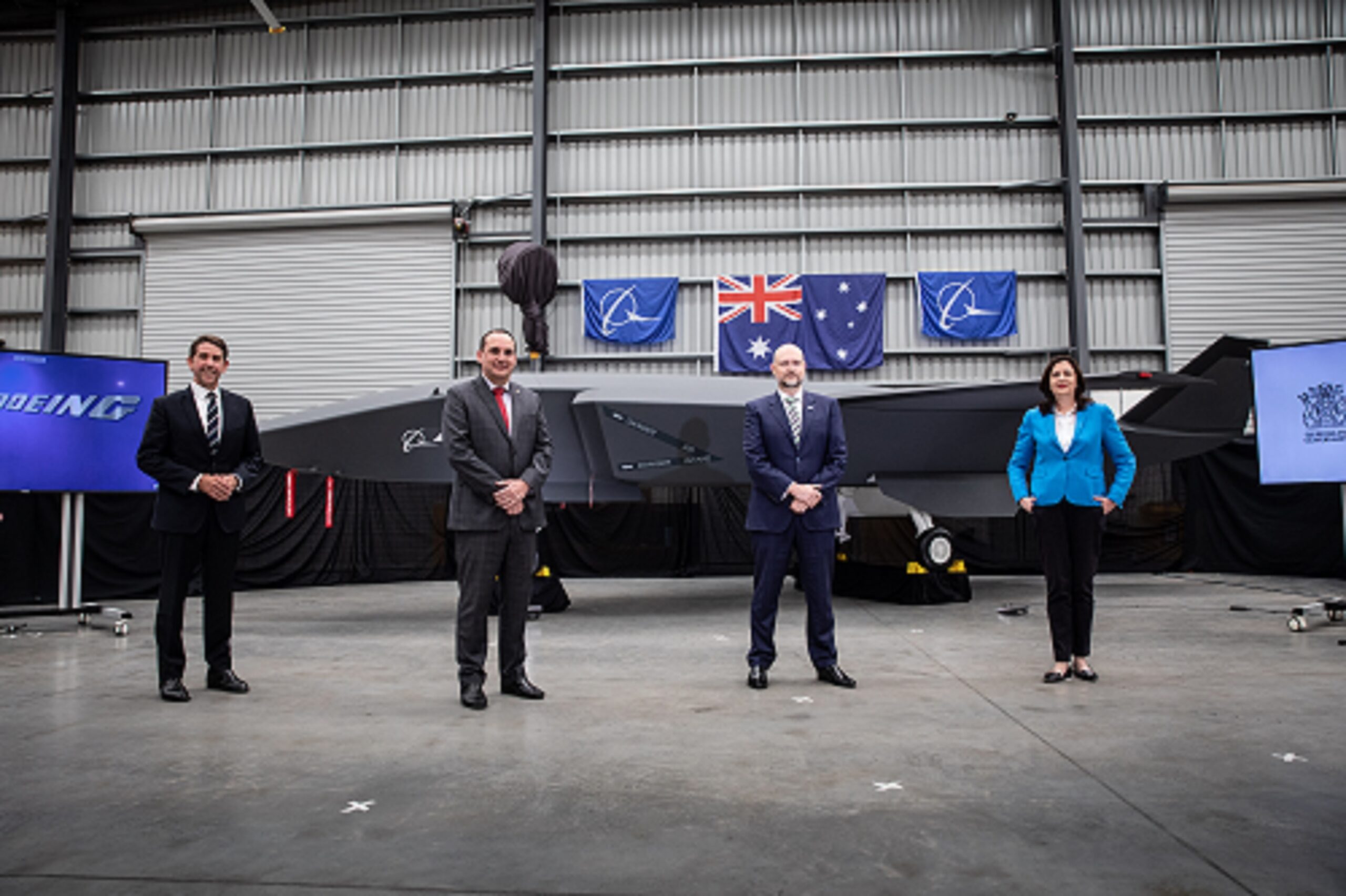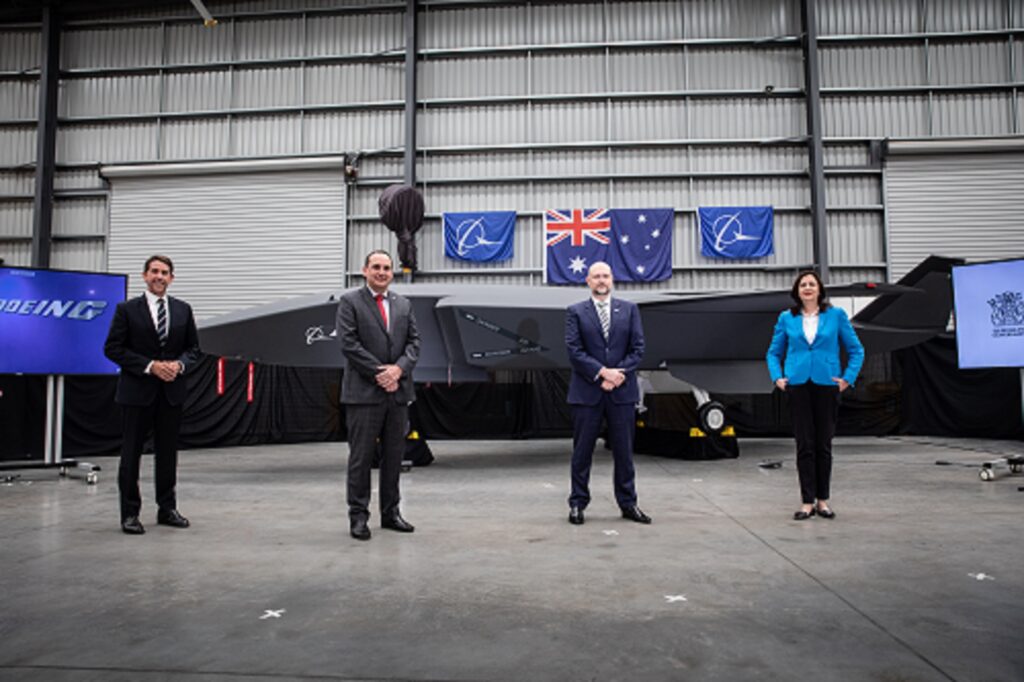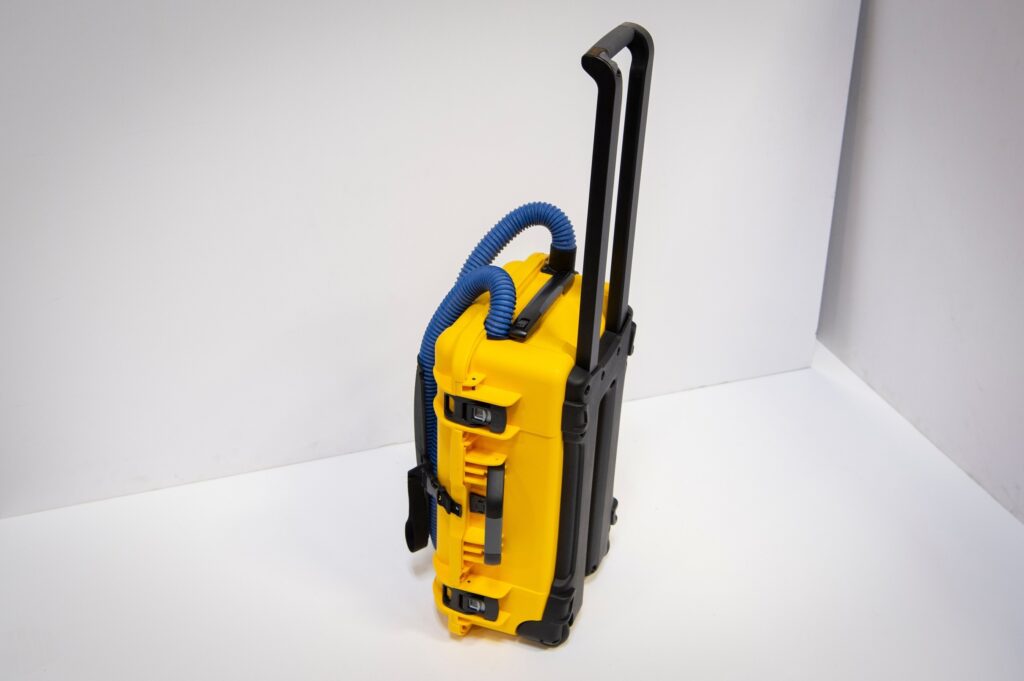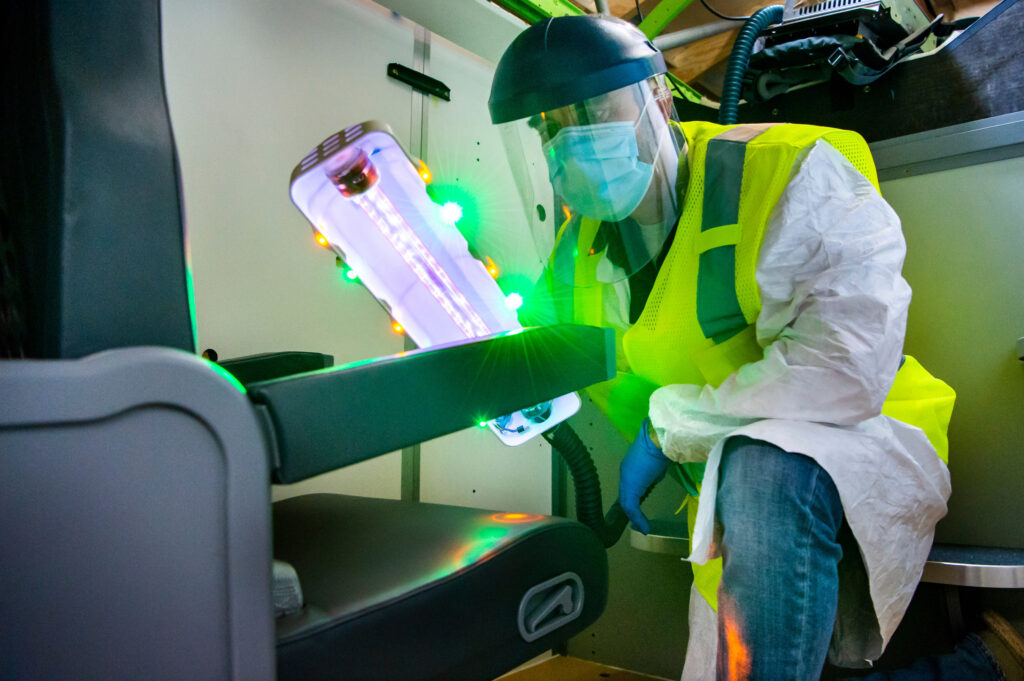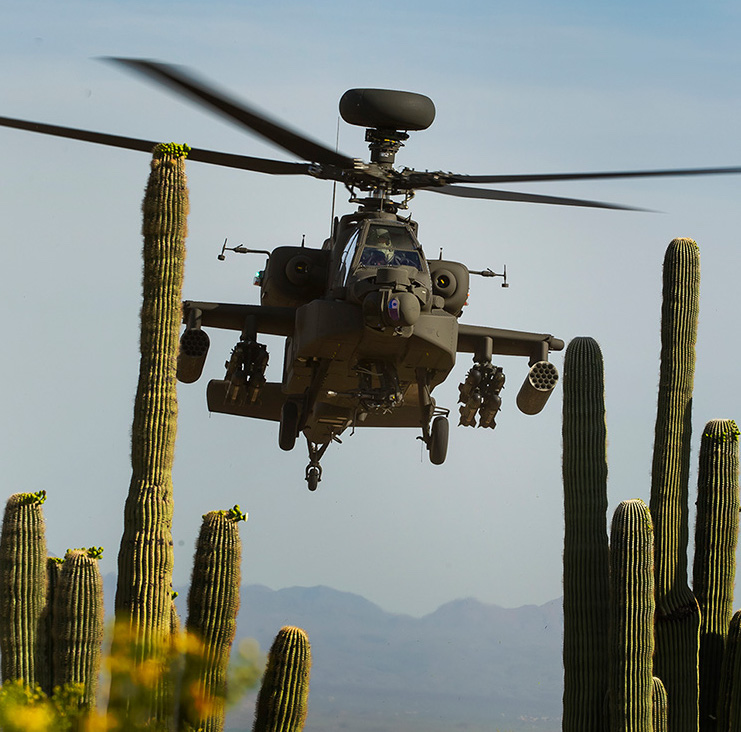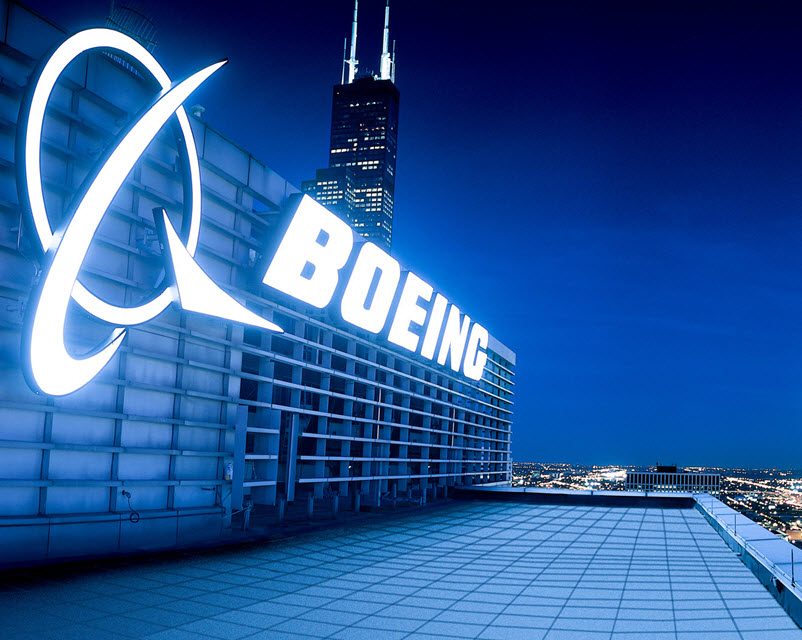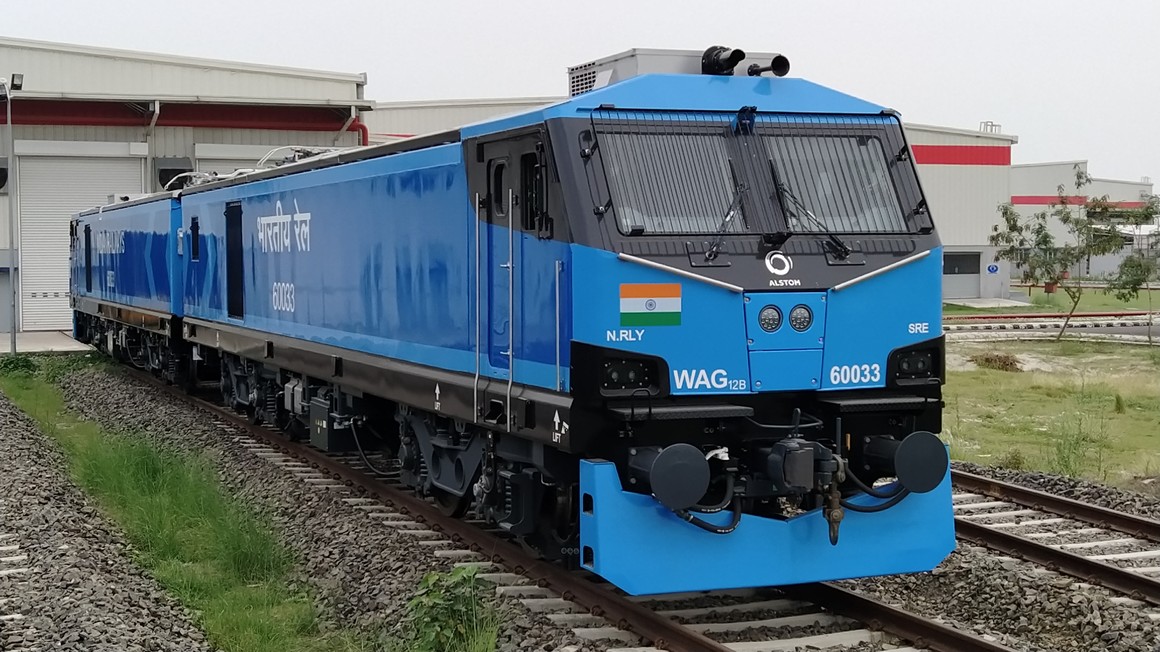NEW YORK–(BUSINESS WIRE)– JetBlue (NASDAQ: JBLU) today unveiled a reimagined version of its popular Mint experience, which first disrupted the market with a fresh take on premium travel at an “unpremium” price in 2014. JetBlue’s first complete redesign of Mint again sets a new standard – this time on transatlantic flights – featuring 24 private suites with a sliding door for every Mint customer, a custom-designed seat cushion by Tuft & Needle, and countless design touches that help every customer feel at home in the air. As part of the refresh, JetBlue will also introduce its latest innovation, the stunning Mint Studio, which will offer the most space in a premium experience from any U.S. airline (a).
“Mint was an idea to make premium travel across the U.S. less stuffy and more affordable, and its performance has exceeded even our most optimistic expectations of going beyond New York, Los Angeles and San Francisco,” said Joanna Geraghty, president and chief operating officer, JetBlue. “It’s remarkable how Mint’s thoughtful design has resonated with customers as we successfully grew it to more than 30 routes. We put our heart into this redesign of Mint and were inspired by our original vision of offering customers an exceptional experience at a lower fare – which is what JetBlue is all about.”
The first major design overhaul of Mint – designed in partnership with Acumen Design Associates – will launch on JetBlue’s highly anticipated London flights this summer, and a 16-seat layout will debut on a limited number of flights between New York and Los Angeles in 2021.
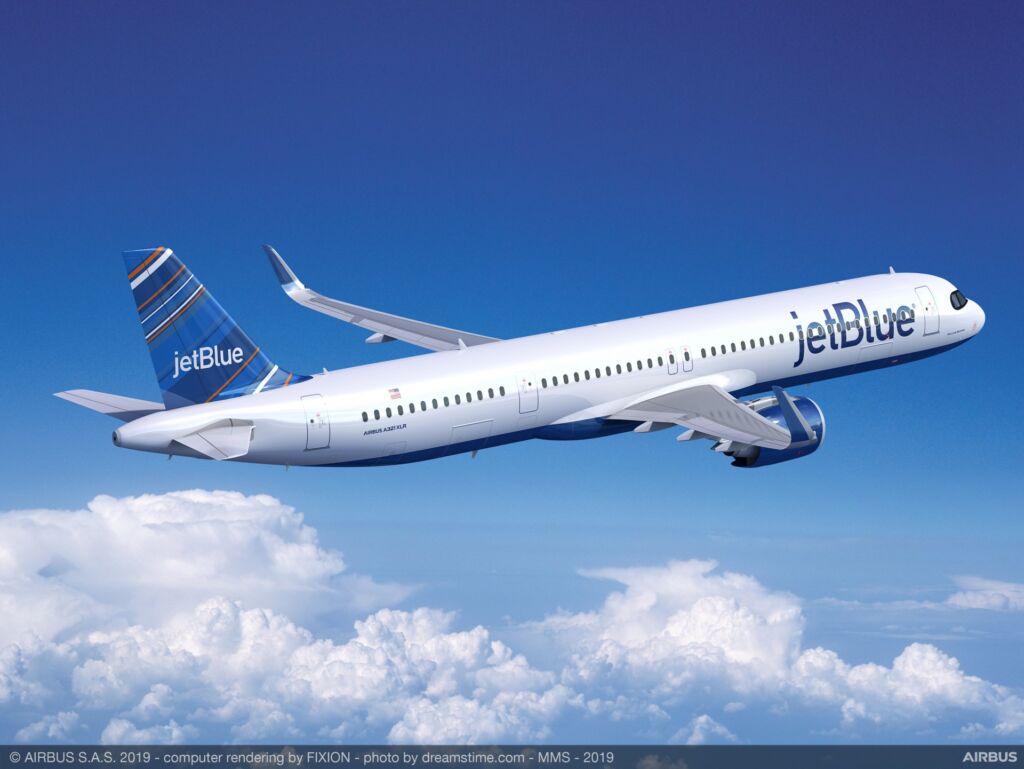
Introducing the New Mint Experience
- We made every seat a suite: Inspired by the popularity of the four private suites in its current Mint configuration, JetBlue’s transatlantic Mint will offer more privacy with 24 individual suites. Every inch of space anticipates customer needs, with features including a tilting 17-inch Thales AVANT seatback screen, wireless charging capabilities, an integrated phone ledge for multitasking, and easy-to-reach in-seat power, as well as laptop, shoe and handbag stowage.
JetBlue is the first carrier to outfit its aircraft with Thompson Aero Seating’s VantageSOLO seat, the company’s revolutionary single aisle seating solution with a herringbone configuration developed and designed specifically for narrow-body aircraft and further customized for JetBlue. - Mint Studio is the pinnacle of space and privacy: The all-new Mint Studio – conceptualized by Acumen and developed in partnership with AIM Altitude – is JetBlue’s latest game-changing innovation, offering the most space in a premium experience from any U.S. airline. Each aircraft will have two Mint Studios in the first row, providing ample room for working or relaxing, and featuring a 22-inch tilting Thales AVANT seatback screen, an extra side table for added productivity, and a guest seat that can accommodate an additional Mint customer during flight at cruising altitude. When reclined, customers can kick back and relax on the largest lie-flat bed of any U.S. carrier (b).
- Our proprietary seat design is truly a bed in the sky: JetBlue tapped Tuft & Needle, the innovative mattress company that pioneered the bed-in-a-box trend, to shape the entire Mint sleep experience onboard. Engineered for comfort, every Mint seat is layered with Tuft & Needle’s proprietary T&N Adaptive® foam and a breathable cover to create a cool and comfortable sleep experience unlike anything in the sky. The seat complements additional sleep amenities developed in partnership with the brand, including a convertible blanket with a built-in foot pocket, a memory foam lined pillow with a pillowcase, and a snooze kit with a matching eye mask and earplugs.
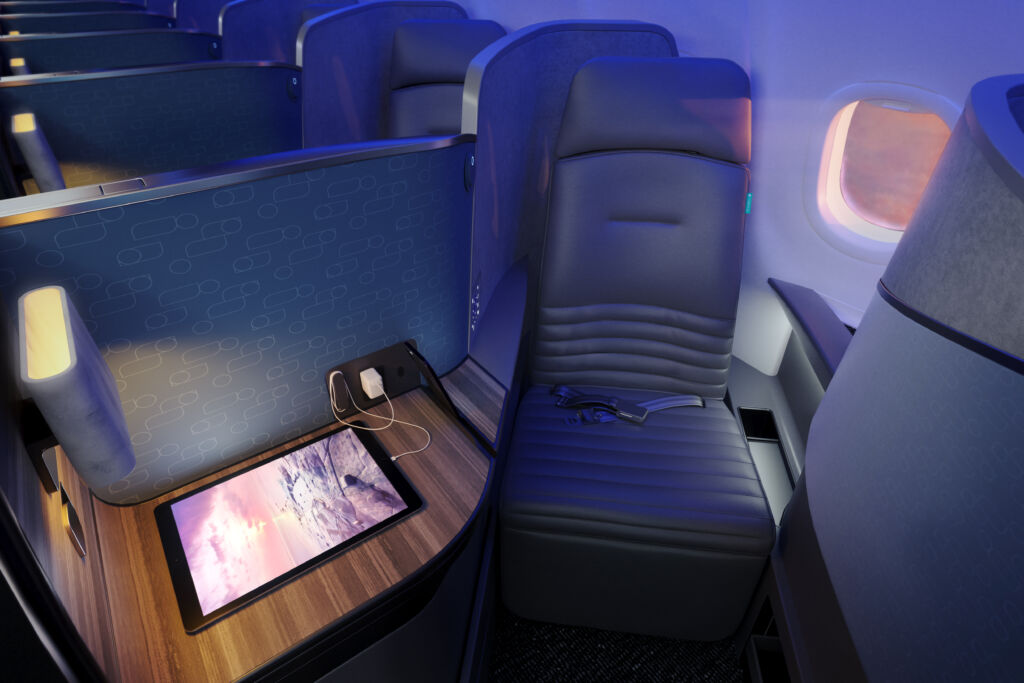
Bringing the JetBlue Touch to Transatlantic Travel
JetBlue’s latest version of Mint will feature a thoughtful, residential-inspired design and custom-for-JetBlue touches throughout the cabin interior.
- Residential textures, such as flannel-covered privacy dividers, concrete lampshades, woodgrain table patterns and soft, vegan leather-covered seats and headrests, make customers feel at home in the air.
- Custom-created suite gradient panels bring light into the cabin, while patterned door shrouds with the signature Mint leaf make a bold brand statement in a functional way.
- First-of-its-kind mood lighting enhances the inflight experience, and a welcoming blue floor arc helps direct the customer boarding flow.
Transatlantic Mint product features and design elements, combined with the award-winning service from hospitality-trained Mint inflight crewmembers, will offer an elevated flying experience for a fraction of what other airlines charge for premium seats.
